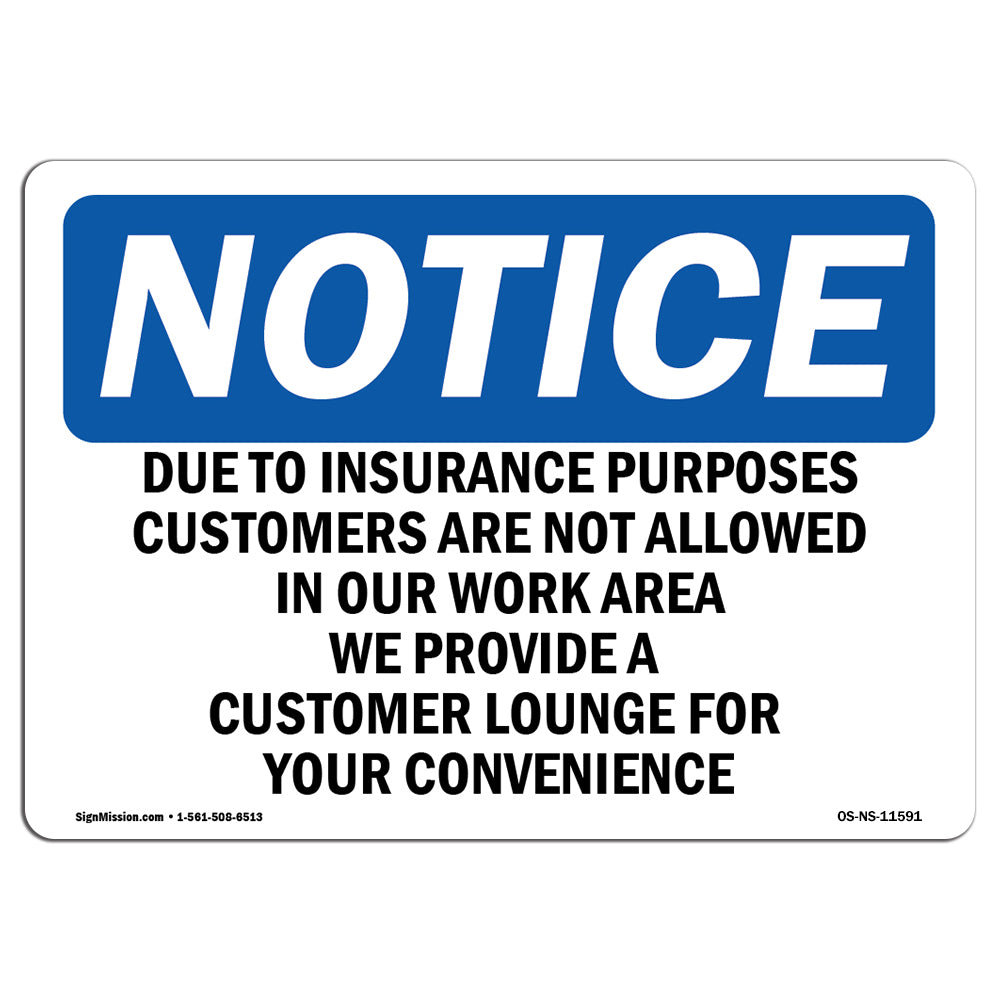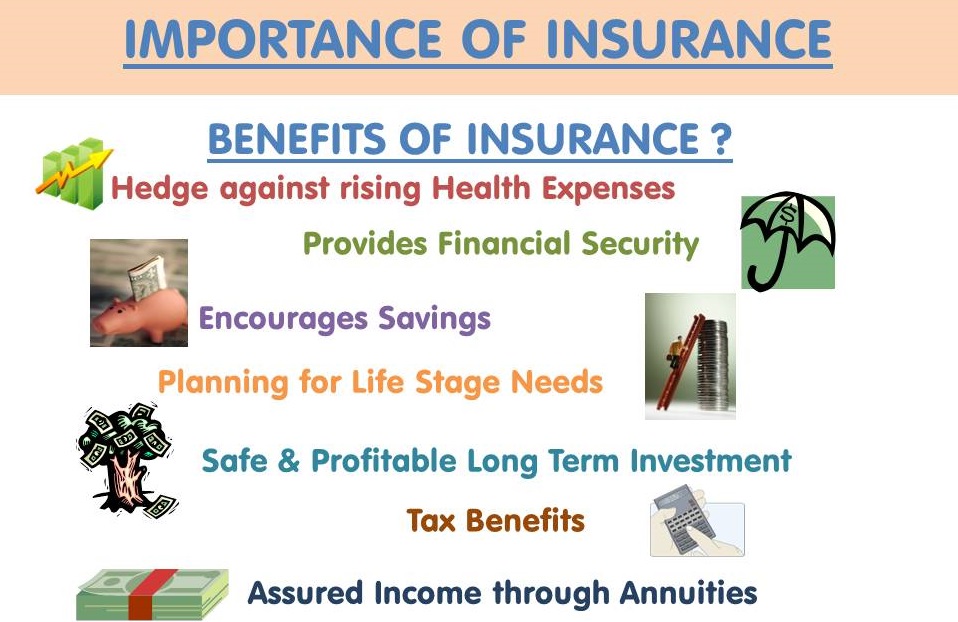The Basic Principles Of Pacific Prime
About Pacific Prime
Table of ContentsUnknown Facts About Pacific PrimeGetting The Pacific Prime To WorkAbout Pacific PrimeExamine This Report on Pacific PrimeThe Best Guide To Pacific Prime

This is due to the fact that the data were collected for a duration of solid financial performance. Of the estimated 42 million people that were without insurance, almost concerning 420,000 (concerning 1 percent) were under 65 years of age, the age at which most Americans come to be qualified for Medicare; 32 million were adults between ages 18 and 65, about 19 percent of all grownups in this age; and 10 million were children under 18 years old, regarding 13.9 percent of all children (Mills, 2000).
These quotes of the number of persons uninsured are generated from the annual March Supplement to the Existing Population Survey (CPS), carried out by the Demographics Bureau. Unless otherwise noted, national estimates of people without medical insurance and percentages of the population with various sort of coverage are based upon the CPS, the most commonly used source of quotes of insurance protection and uninsurance prices.
Some Known Incorrect Statements About Pacific Prime

Still, the CPS is particularly beneficial due to the fact that it creates annual quotes fairly quickly, reporting the previous year's insurance protection estimates each September, and because it is the basis for a constant collection of price quotes for more than twenty years, enabling analysis of patterns in coverage with time. For these factors, along with the extensive use of the CPS in other studies of insurance policy coverage that are presented in this report, we count on CPS quotes, with restrictions kept in mind.

The quote of the number of without insurance people expands when a populace's insurance coverage standing is tracked for a number of years. Over a three-year period beginning early in 1993, 72 million individuals, 29 percent of the united state populace, lacked insurance coverage for at the very least one month. Within a solitary year (1994 ), 53 million people experienced at the very least a month without insurance coverage (Bennefield, 1998a)
Six out of every ten without insurance adults are themselves employed. Although functioning does enhance the chance that a person and one's relative will have insurance coverage, it is not a guarantee. Even participants of households with 2 full time breadwinner have almost a one-in-ten opportunity of being uninsured (9.1 percent without insurance rate) (Hoffman and Pohl, 2000).
The smart Trick of Pacific Prime That Nobody is Discussing
New immigrants make up a considerable proportion of people without wellness insurance coverage. One analysis has actually attributed a substantial part of the current growth in the size of the united state without insurance population to immigrants who showed up in the country between 1994 and 1998 (Camarota and Edwards, 2000). Current immigrants (those that came to the United States within the previous four years) do have a high rate of being uninsured look these up (46 percent), however they and their youngsters represent simply 6 percent of those without insurance coverage across the country (Holahan et al., 2001).
The partnership between medical insurance and access to care is well established, as documented later in this chapter. Although the connection between medical insurance and health and wellness outcomes is neither direct nor basic, a comprehensive scientific and wellness services research literature web links medical insurance coverage to enhanced access to care, better quality, and improved personal and population wellness standing.
Levels of evaluation for examining the effects of uninsurance. This conversation of medical insurance coverage concentrates largely on the U.S. population under age 65 since basically all Americans 65 and older have Medicare or various other public protection. Furthermore, it concentrates particularly on those without any wellness insurance coverage for any kind of size of time.
The 2-Minute Rule for Pacific Prime
The issues faced by the underinsured are in some aspects similar to those encountered by the uninsured, although they are usually much less extreme. expat insurance. Uninsurance and underinsurance, nonetheless, include distinctly different plan issues, and the techniques for resolving them may differ. Throughout this research study and the five records to follow, the primary emphasis gets on individuals without any medical insurance and hence no aid in spending for health and wellness care past what is offered through charity and safeguard establishments
Wellness insurance policy is a powerful factor affecting invoice of treatment since both patients and medical professionals reply to the out-of-pocket cost of services - https://freddys-marvelous-site-a71e82.webflow.io/. Wellness insurance, however, is neither essential neither enough to access to clinical services. The independent and straight impact of health insurance policy protection on access to health solutions is well developed.
Others will obtain the healthcare they need even without wellness insurance, by spending for it out of pocket or seeking it from suppliers that supply treatment complimentary or at highly subsidized prices. For still others, health insurance policy alone does not guarantee invoice of care as a result of other nonfinancial barriers, such as an absence of health and wellness care carriers in their neighborhood, minimal access to transport, illiteracy, or linguistic and cultural distinctions.
Not known Incorrect Statements About Pacific Prime
Official research regarding without insurance populations in the USA dates to the late 1920s and early 1930s when the Board on the Cost of Medical Treatment generated a collection of reports regarding financing medical professional workplace sees and hospitalizations. This issue came to be salient as the varieties of medically indigent climbed up throughout the Great Depression.